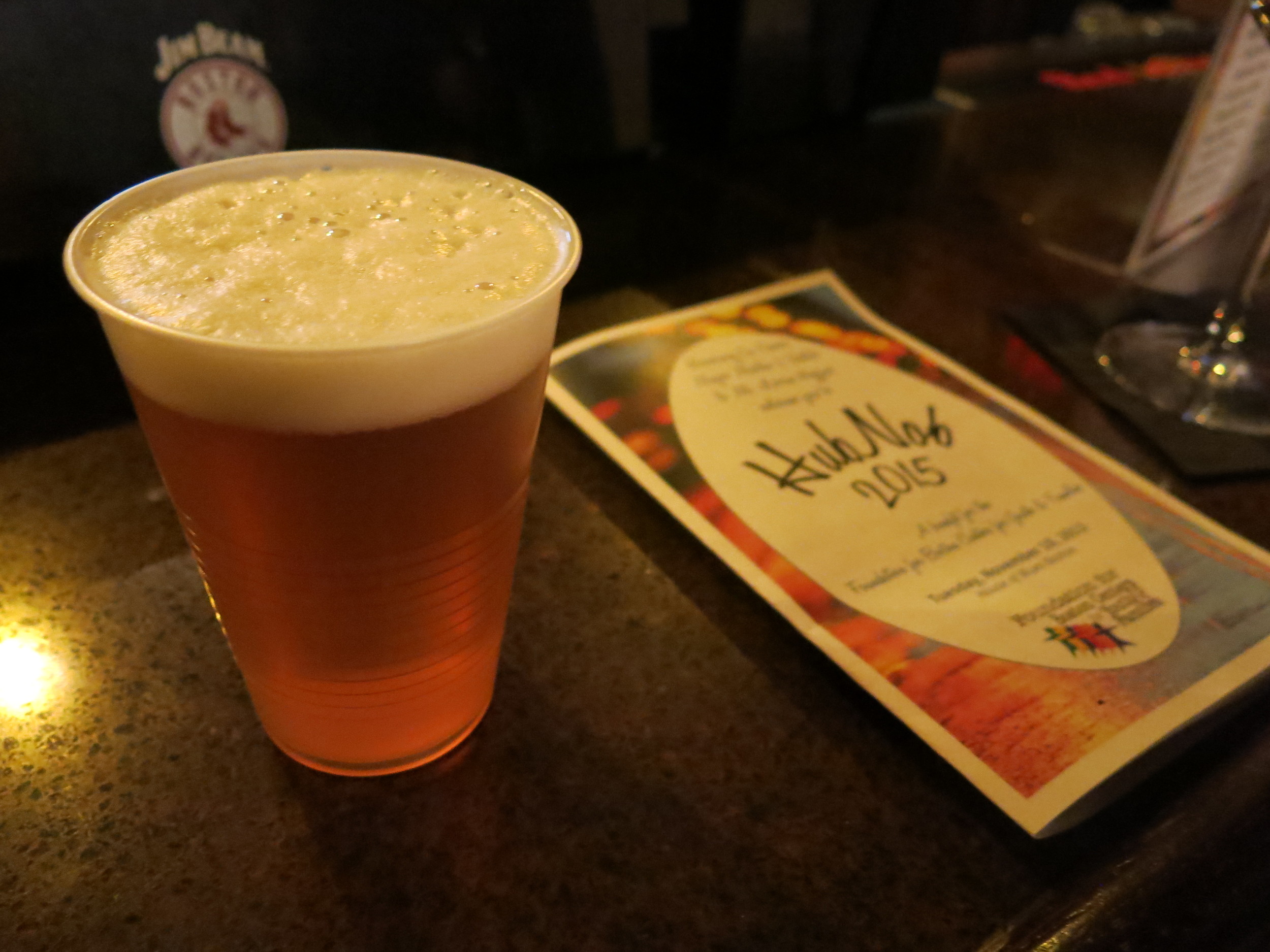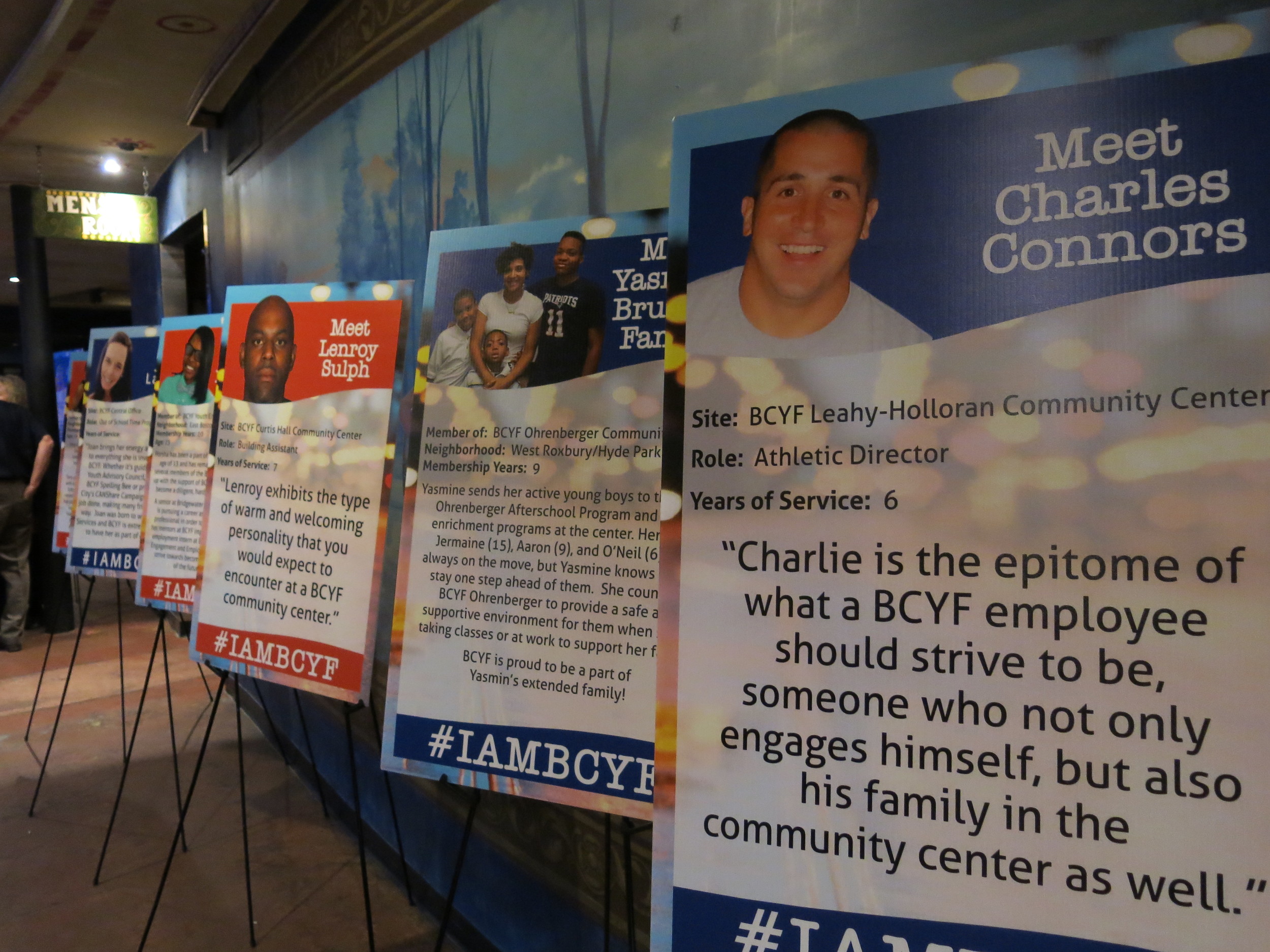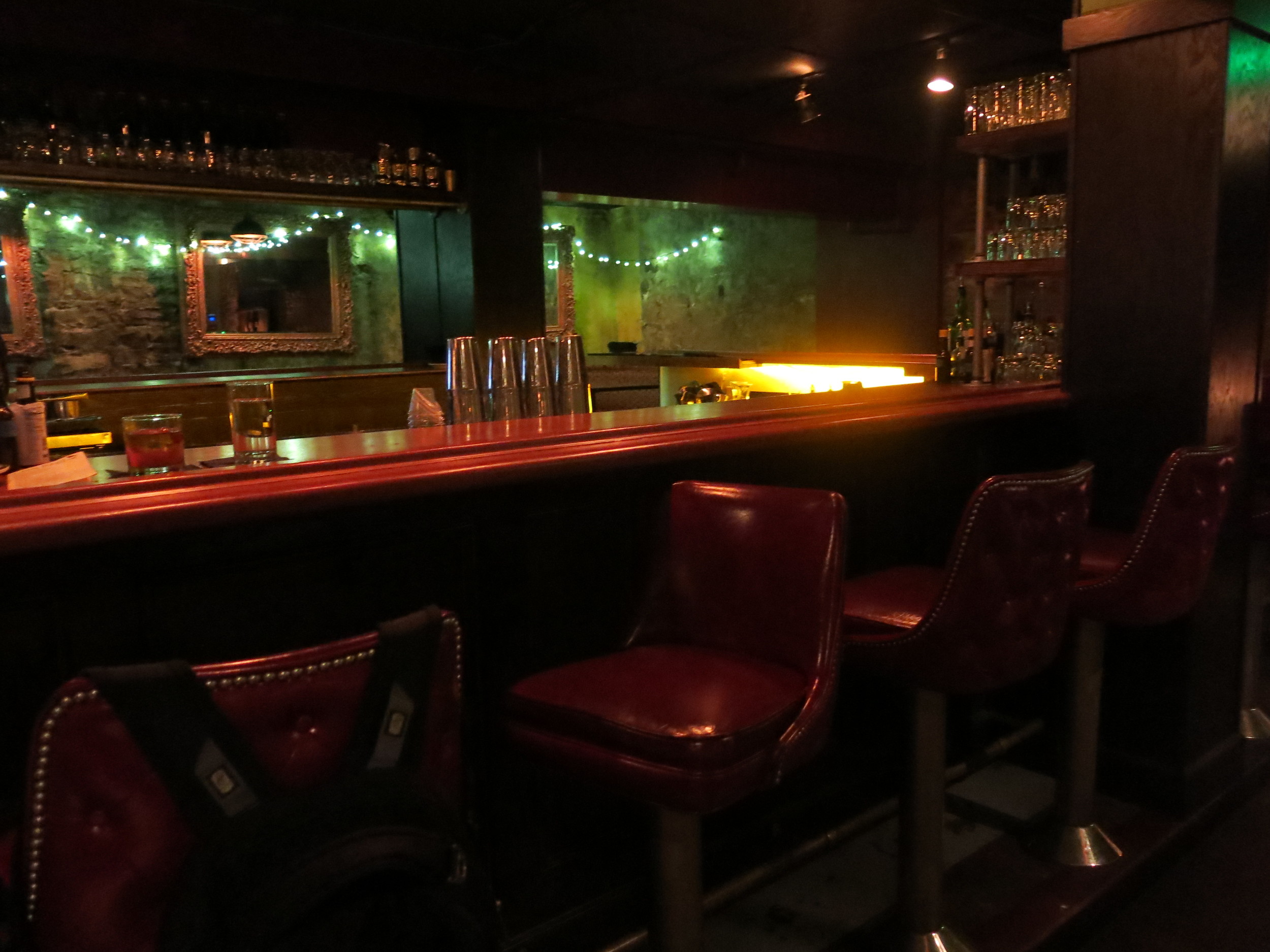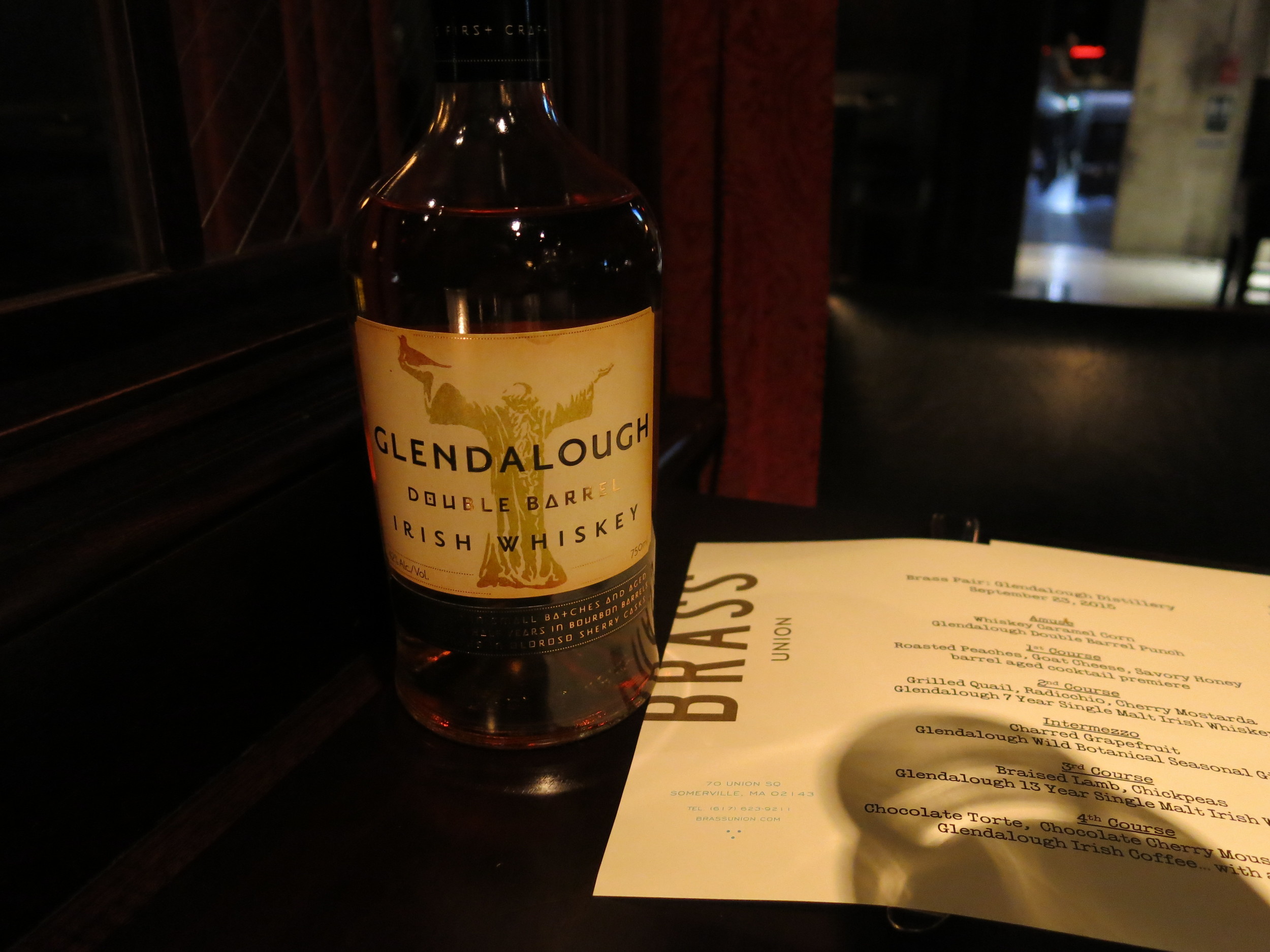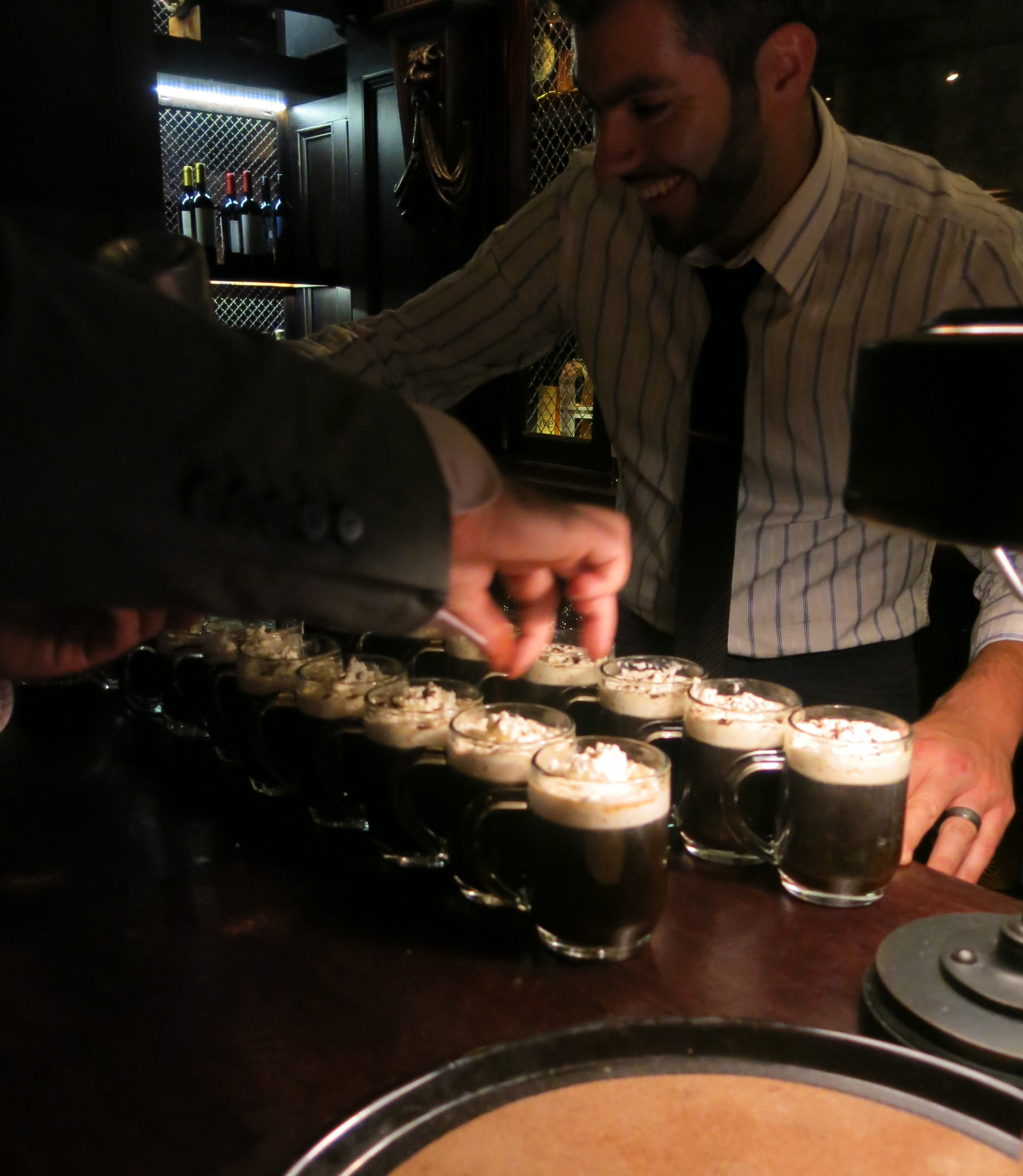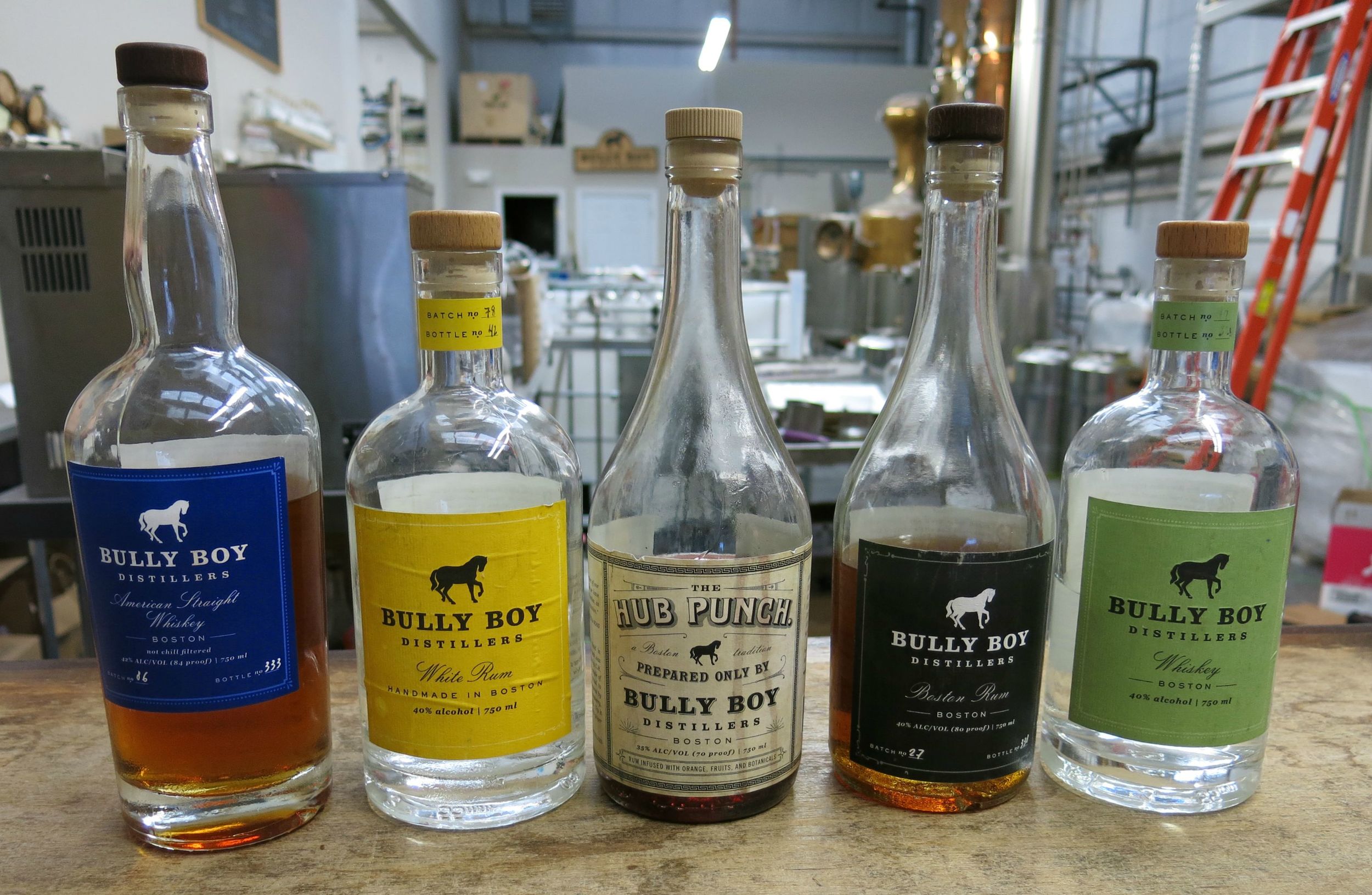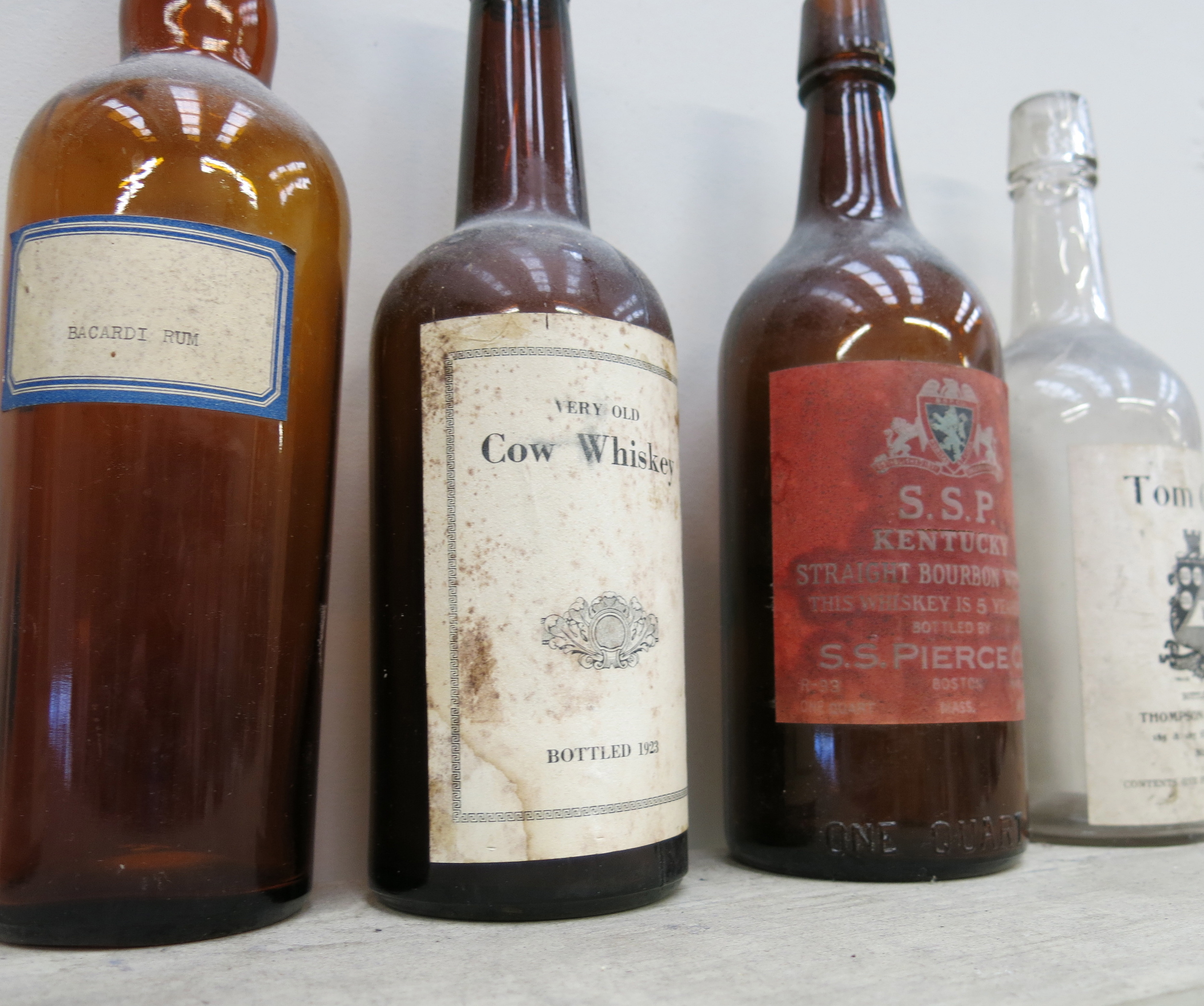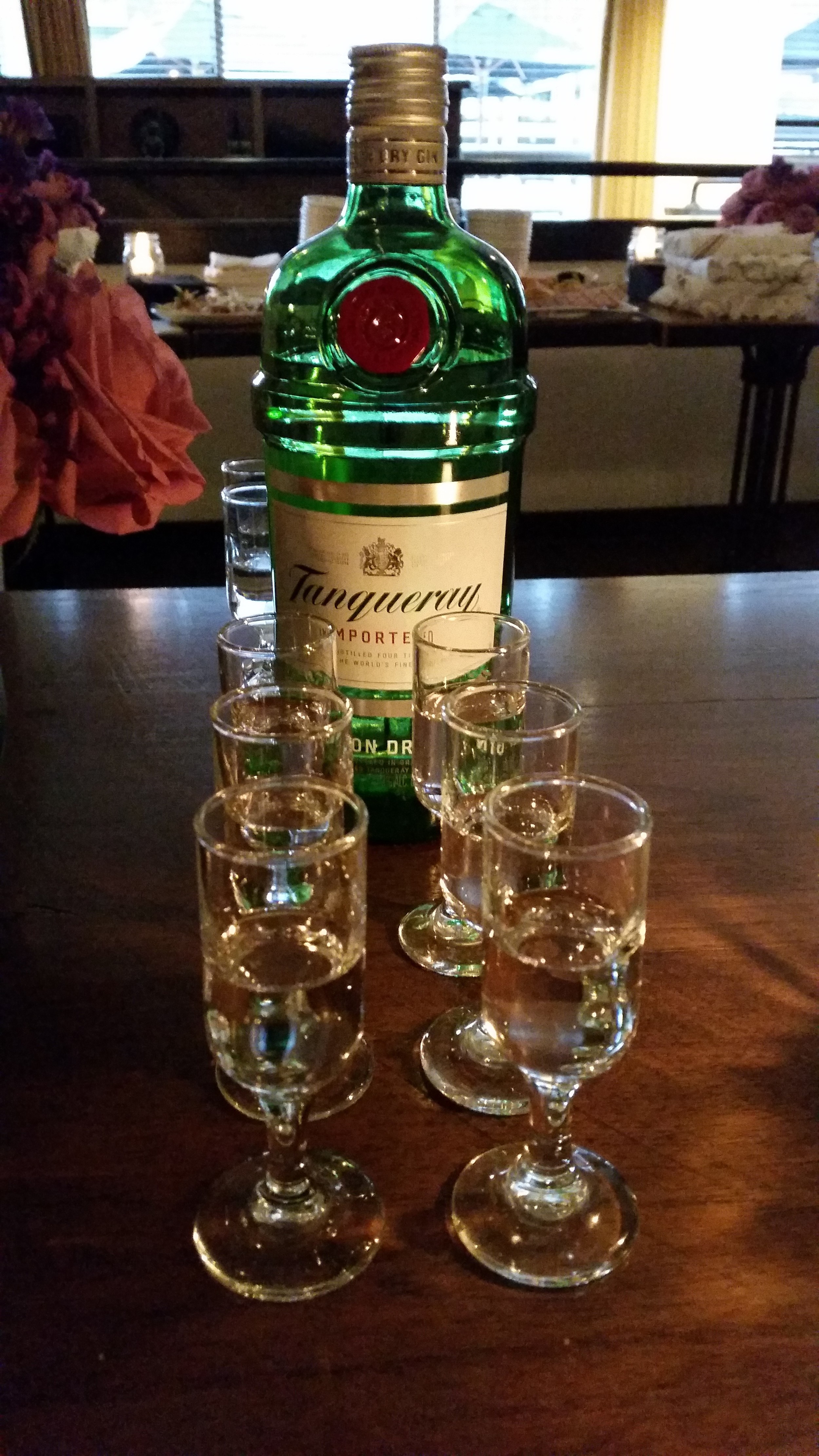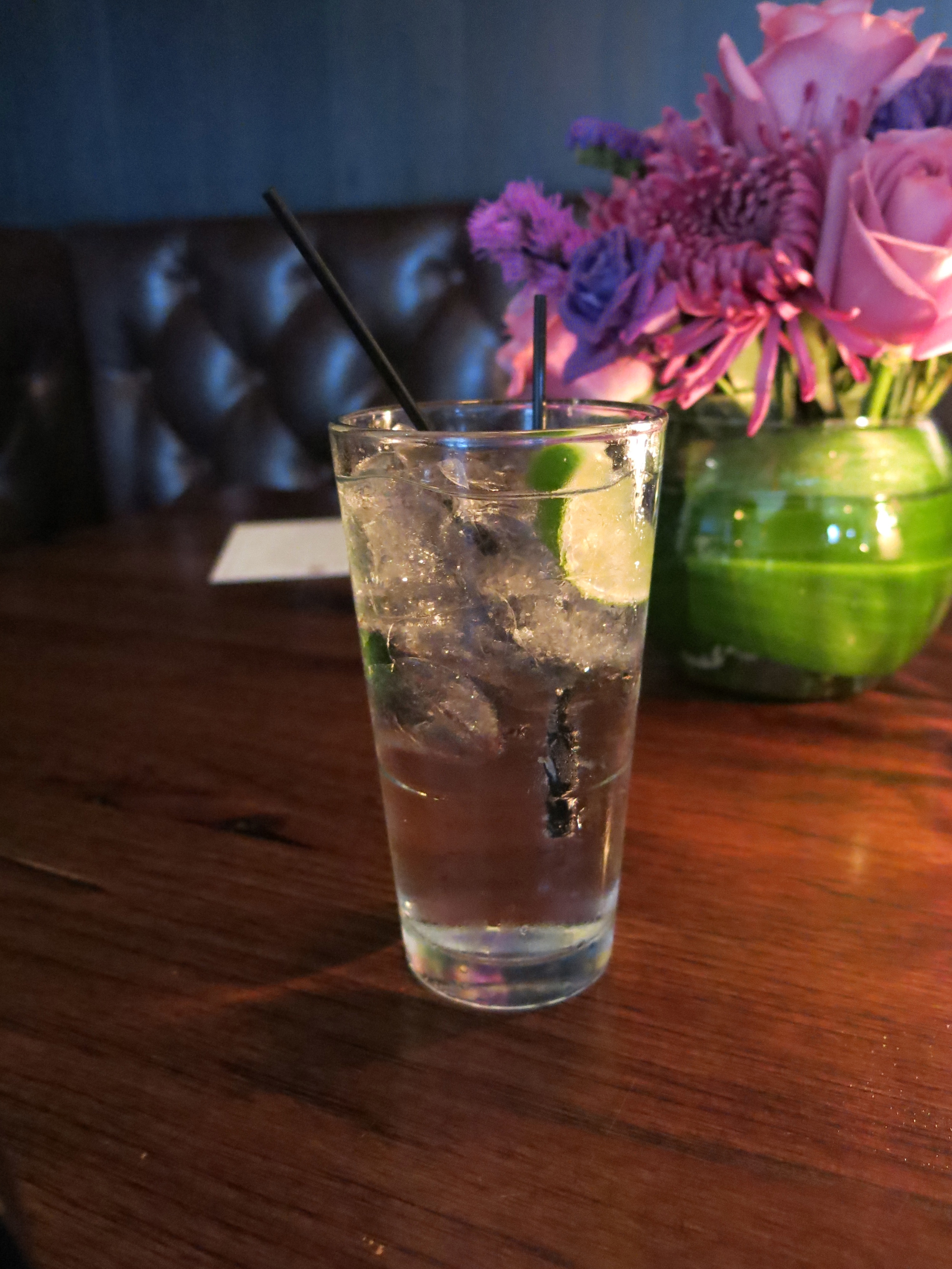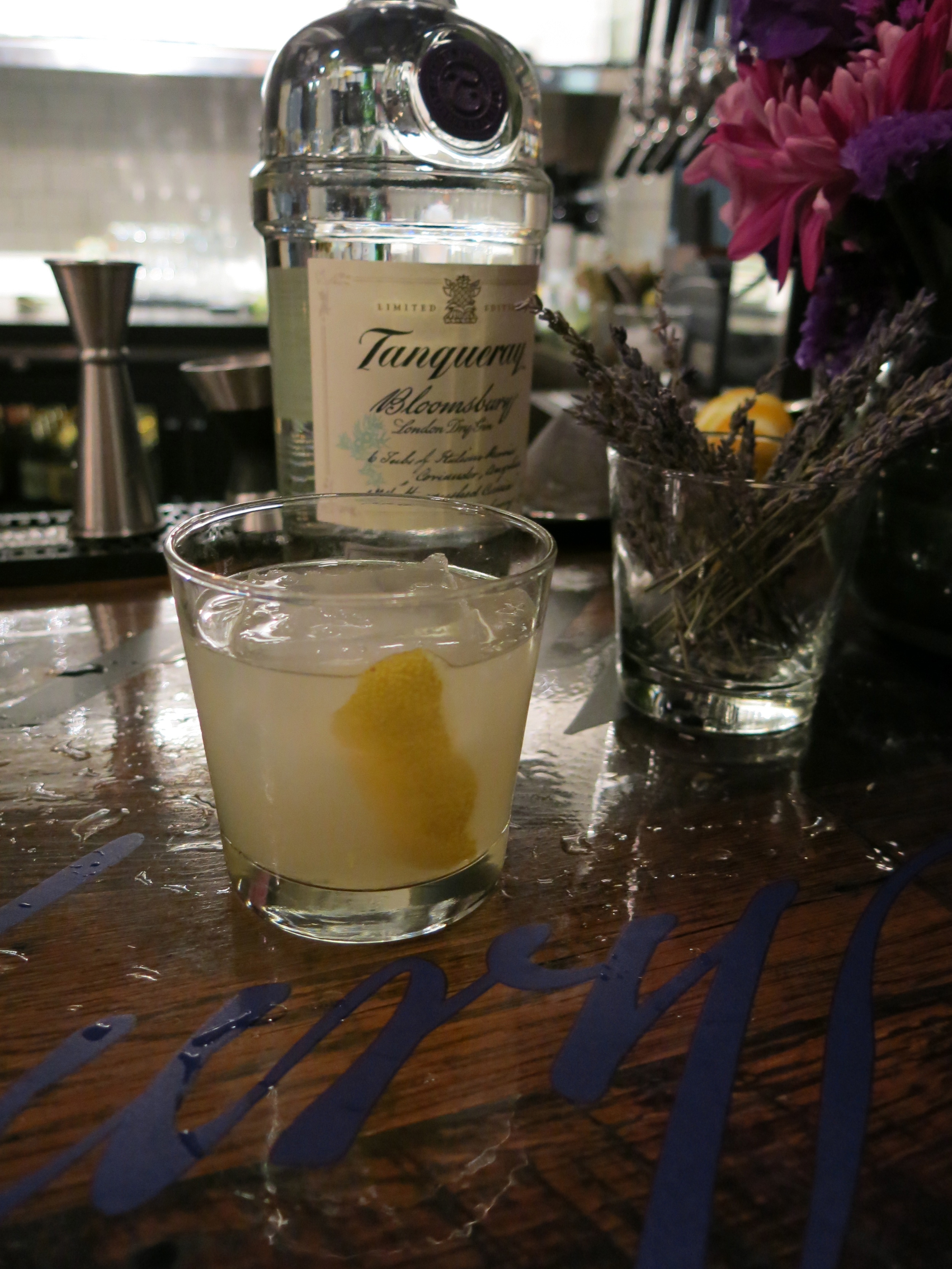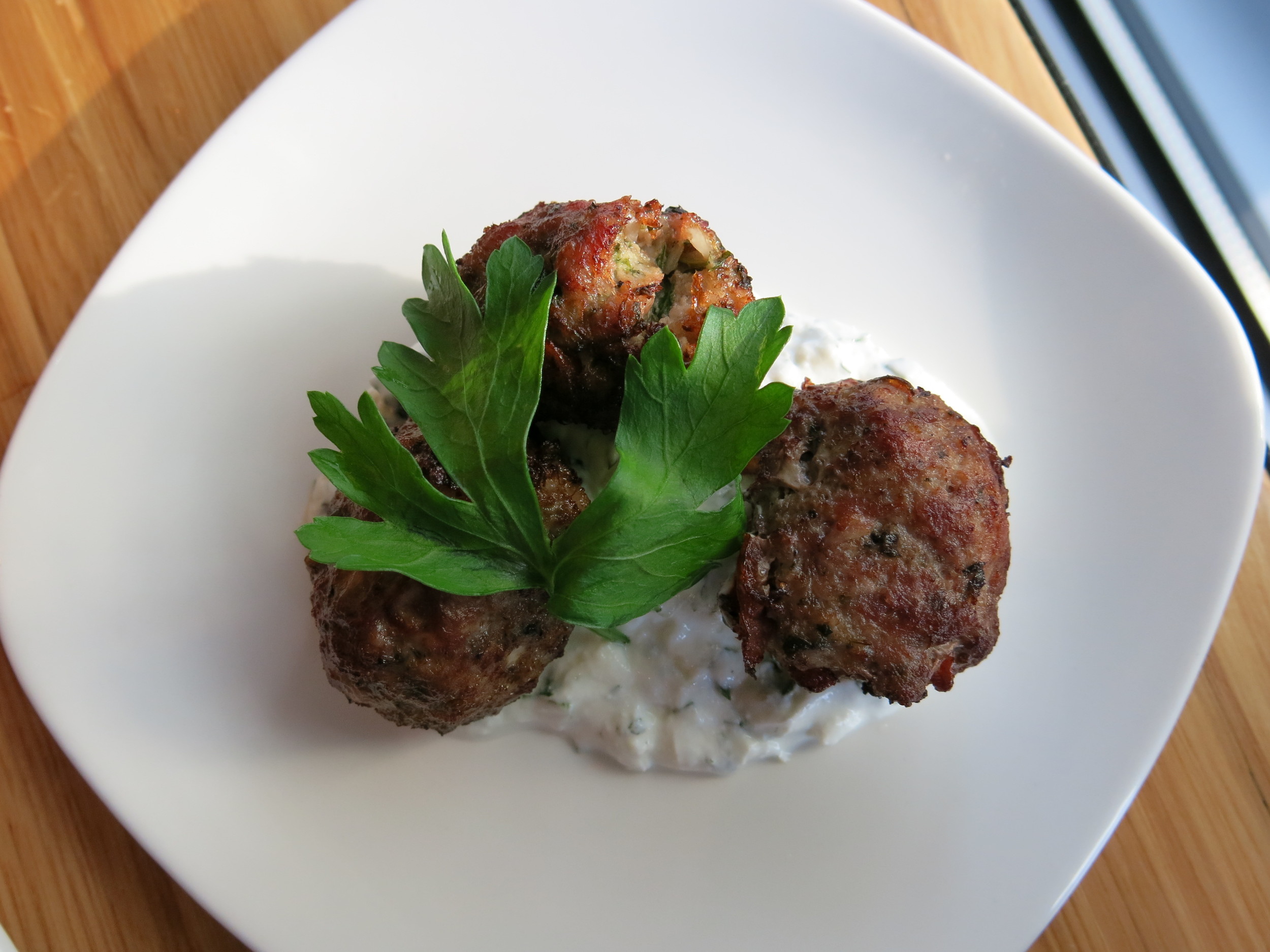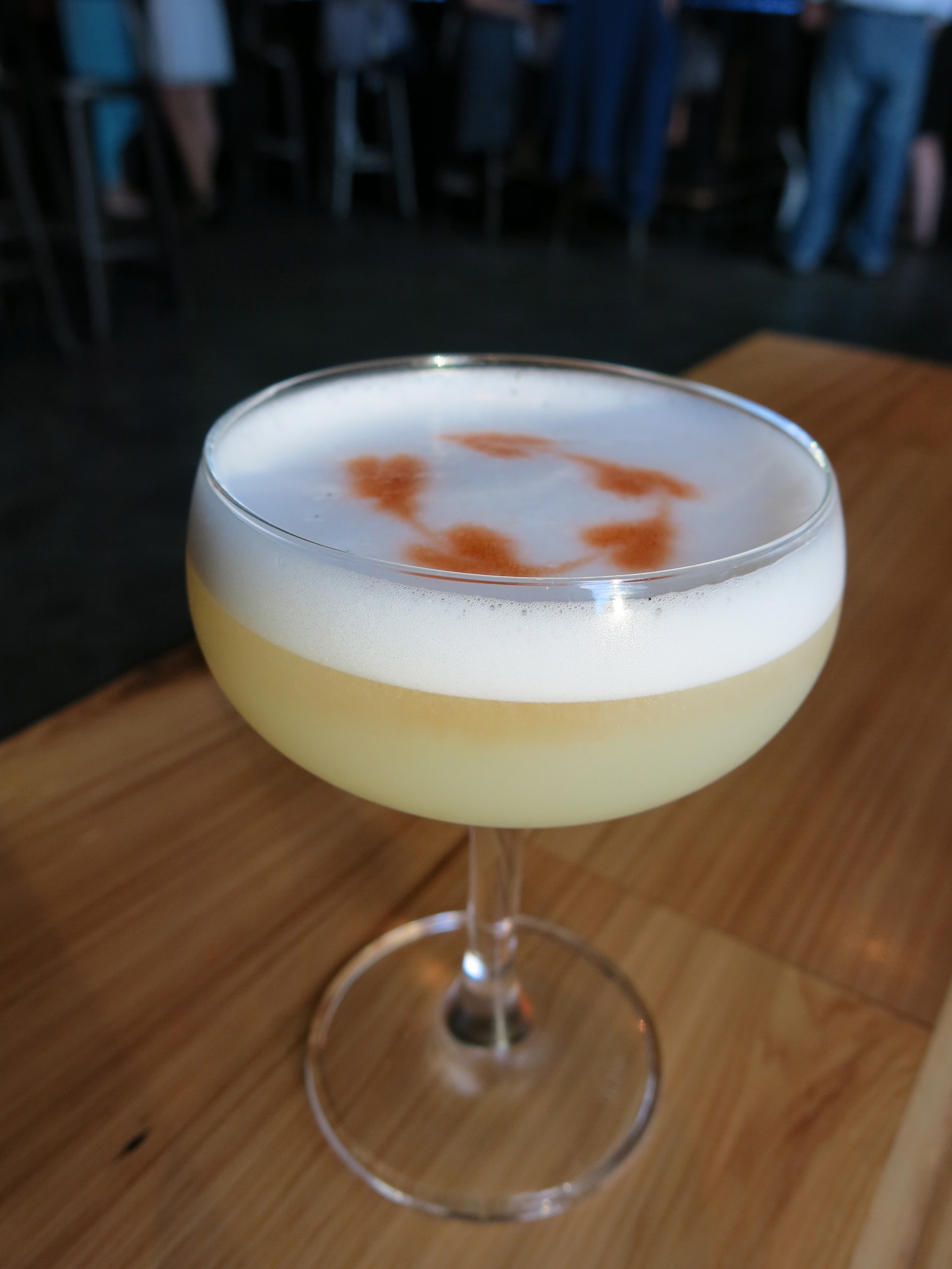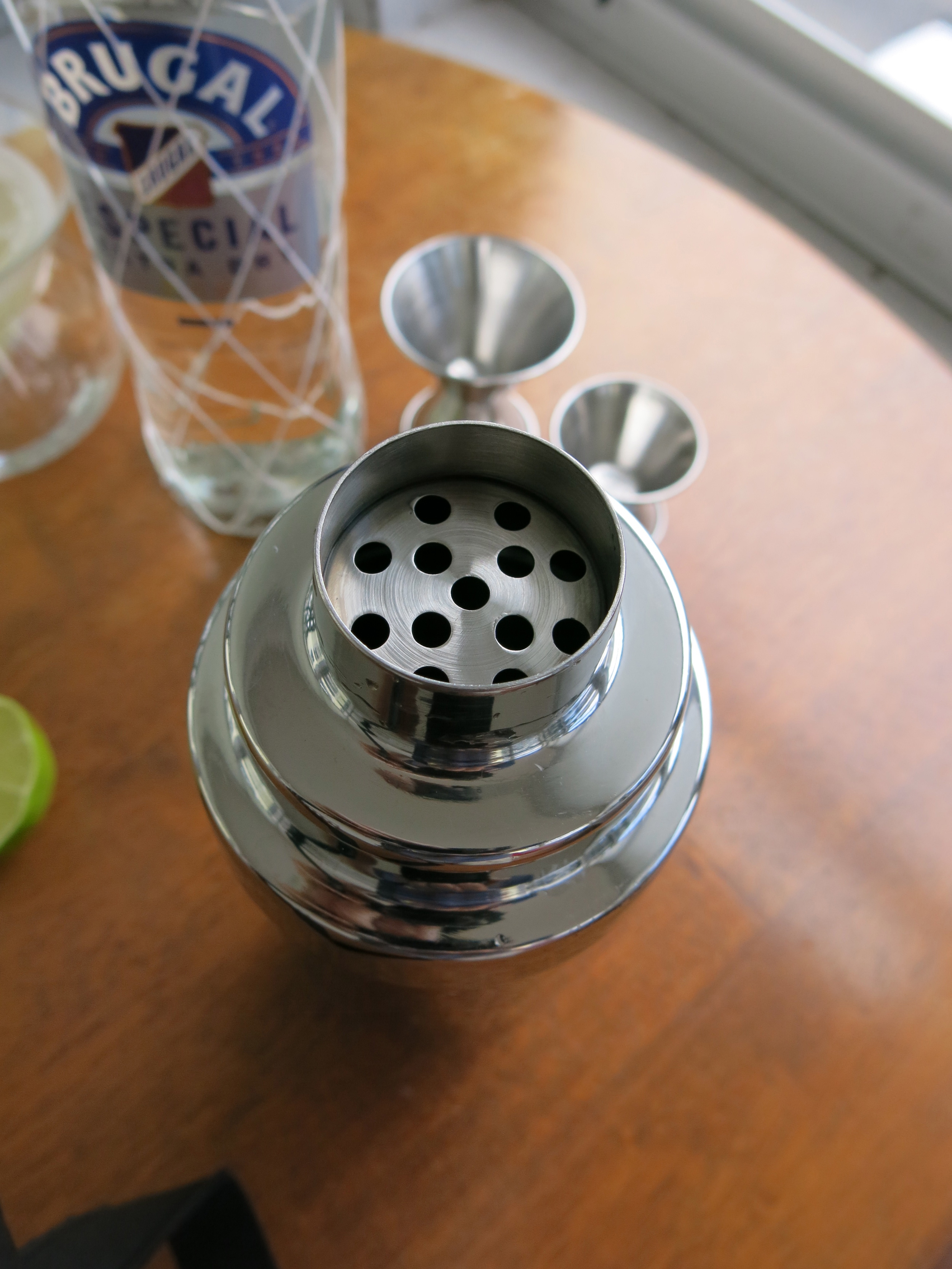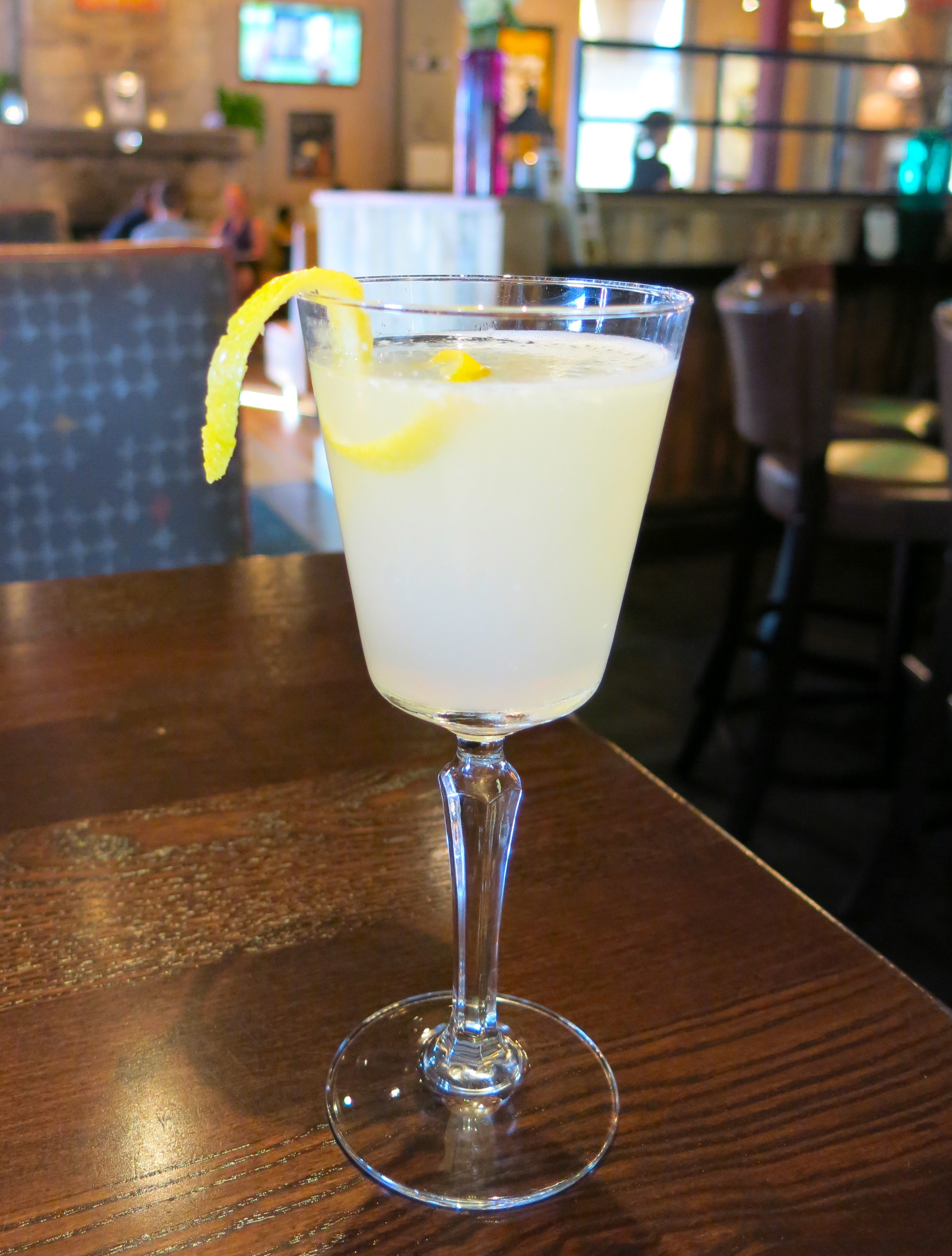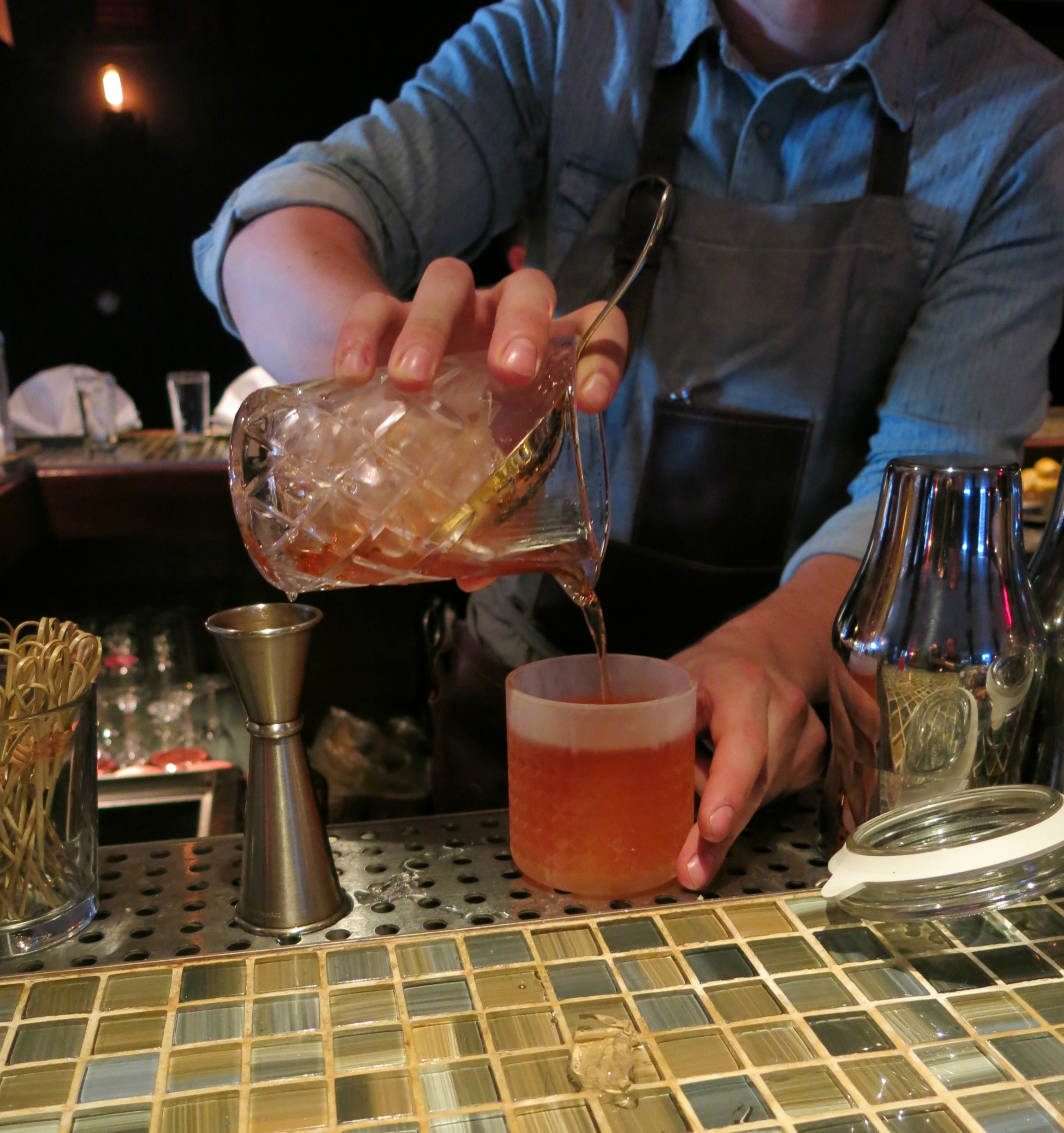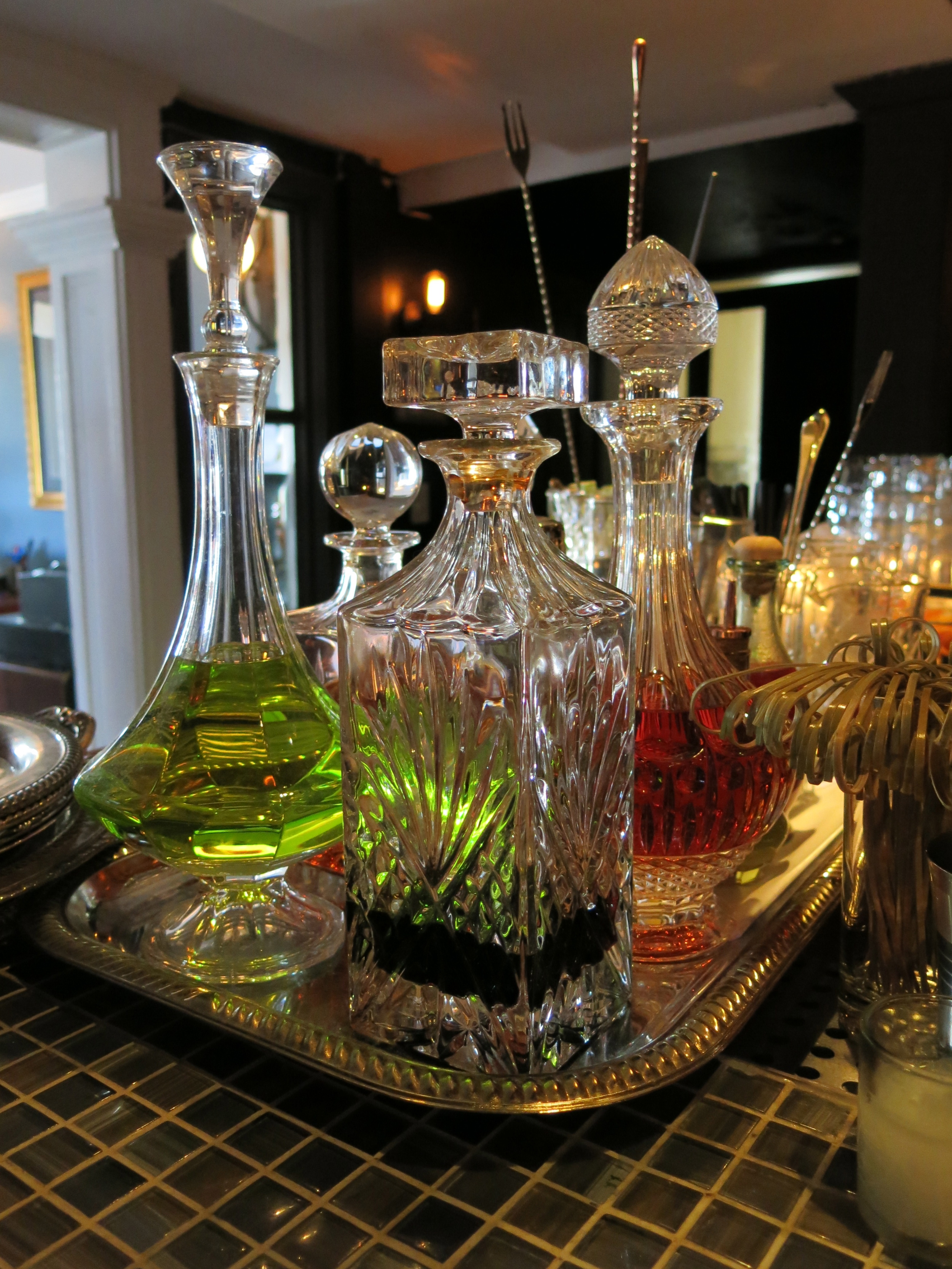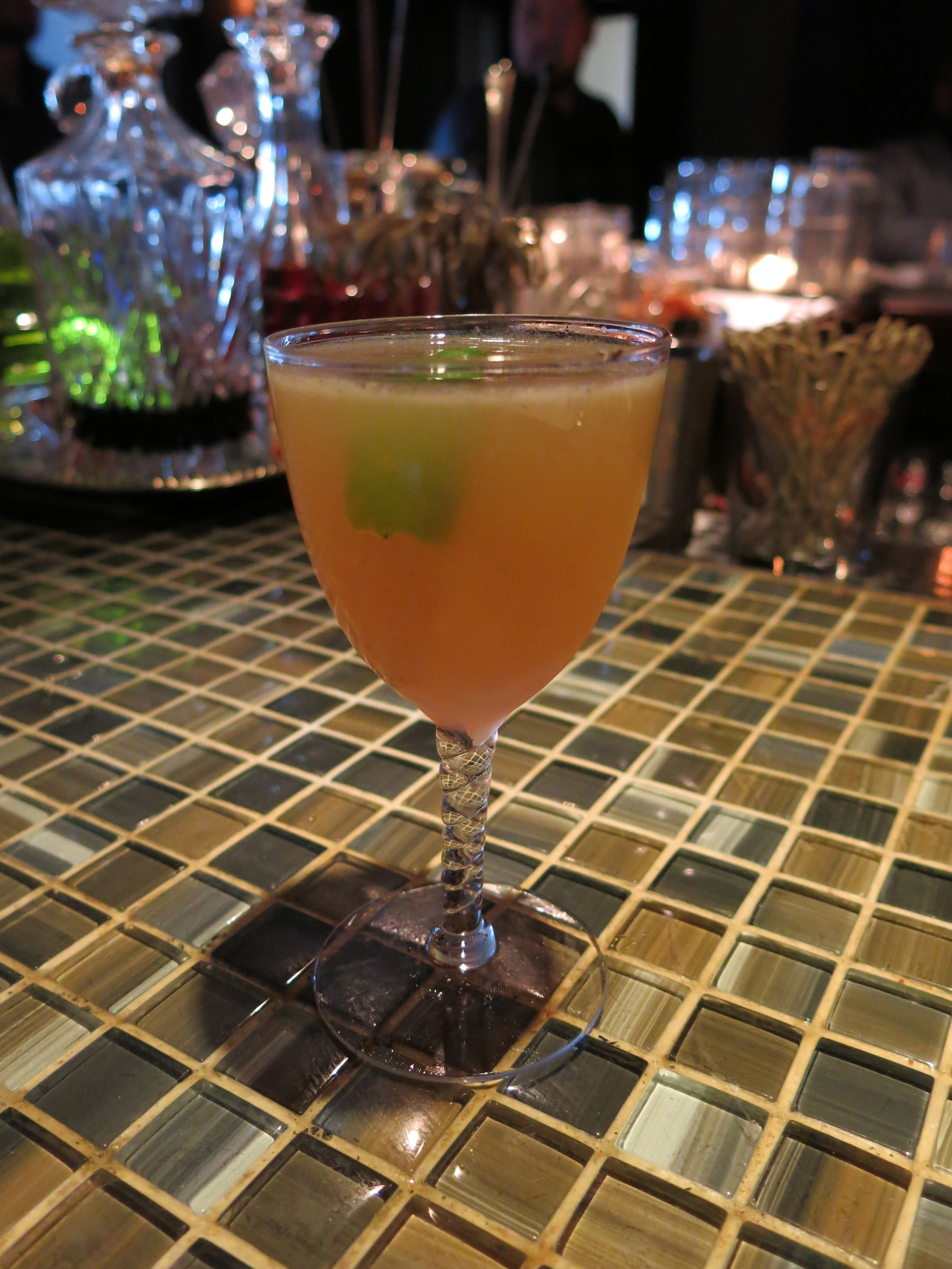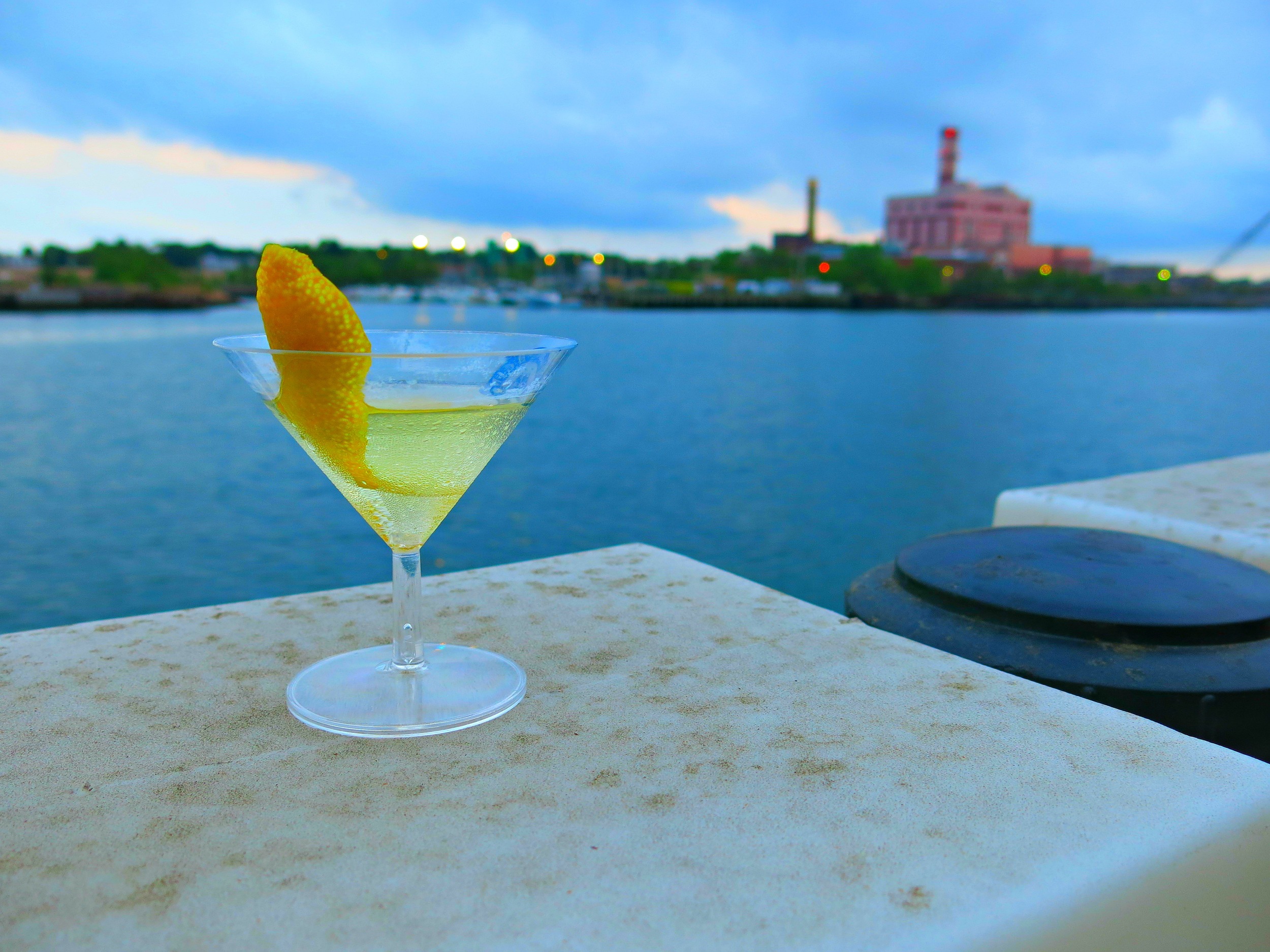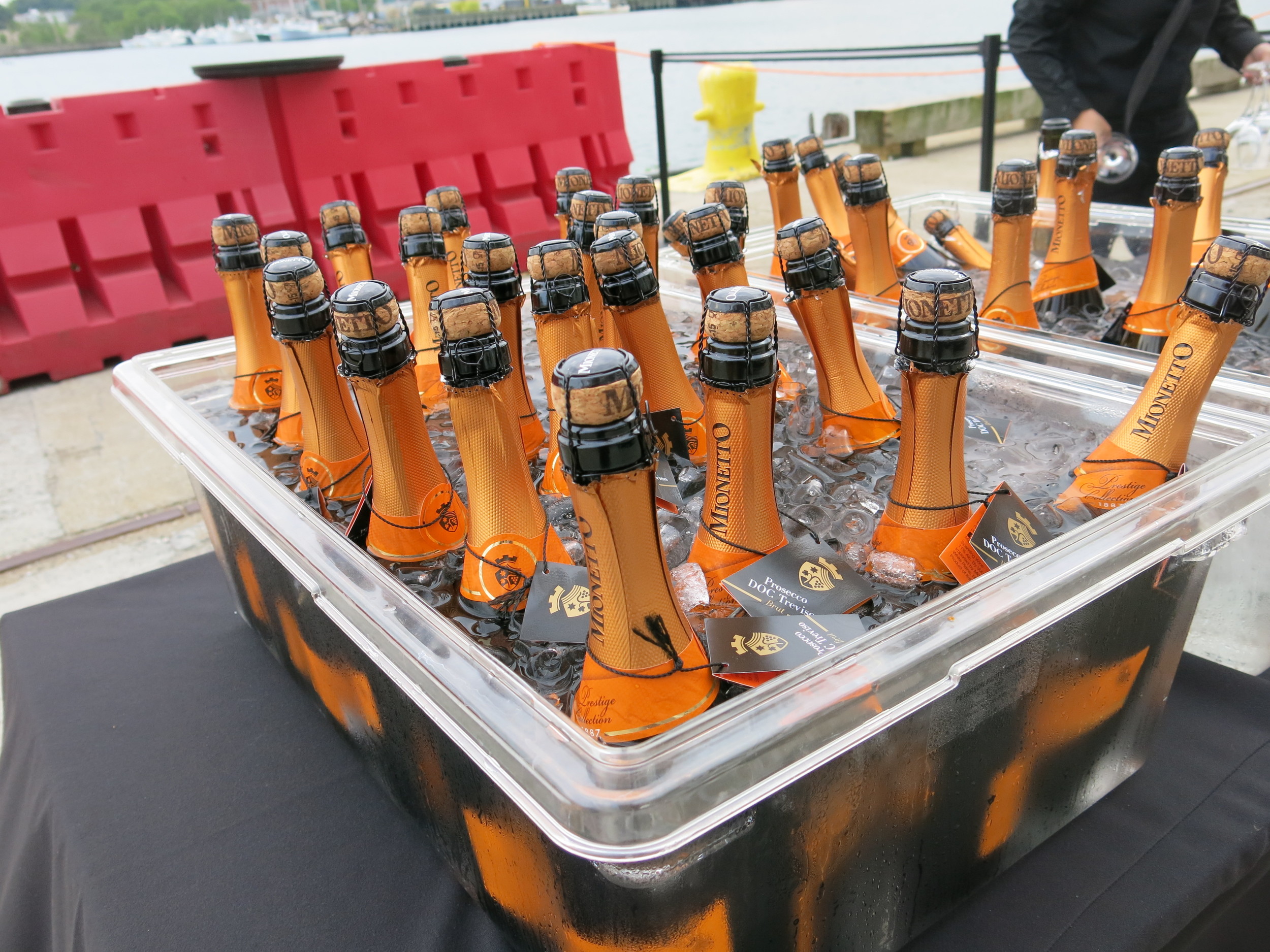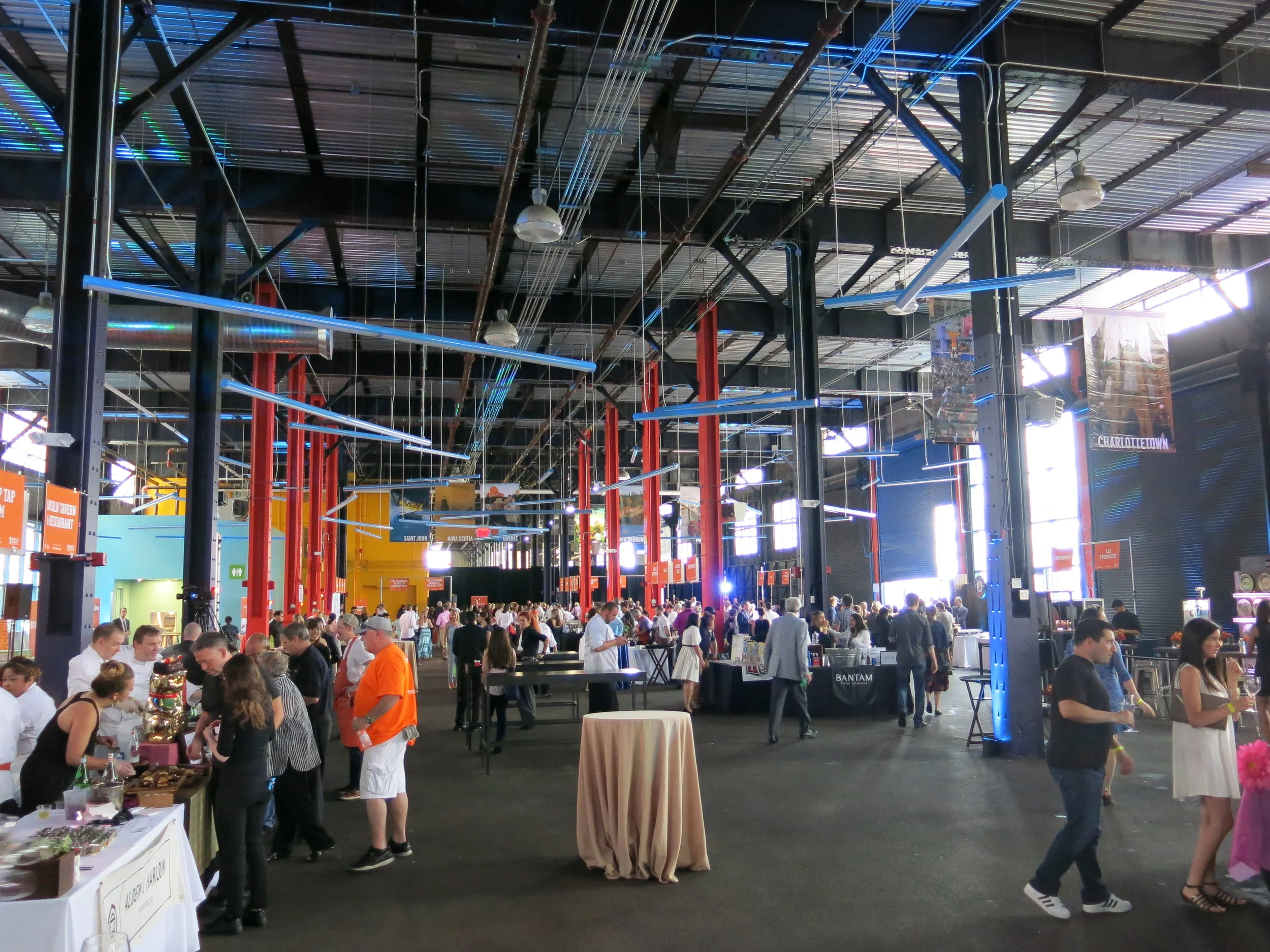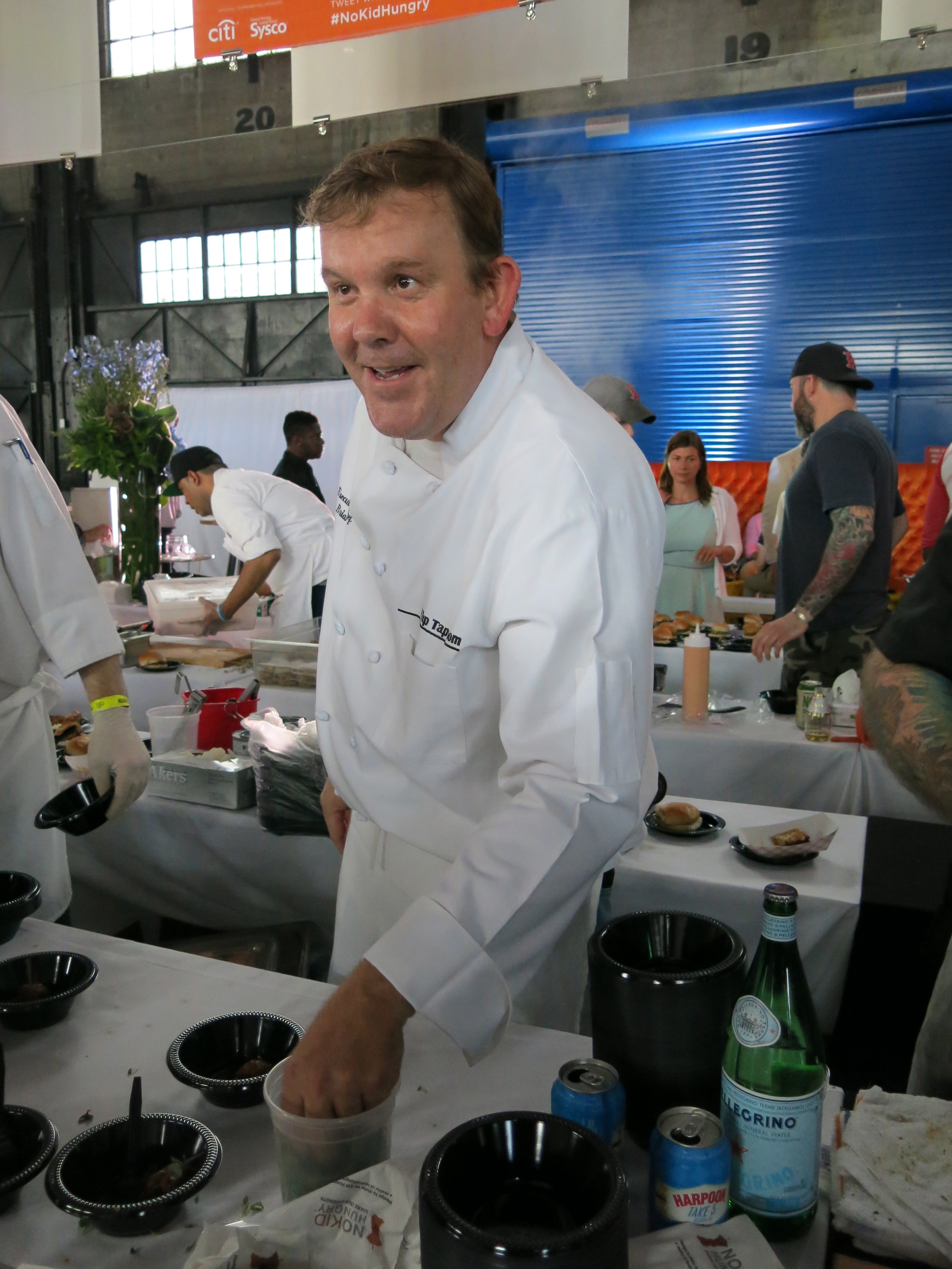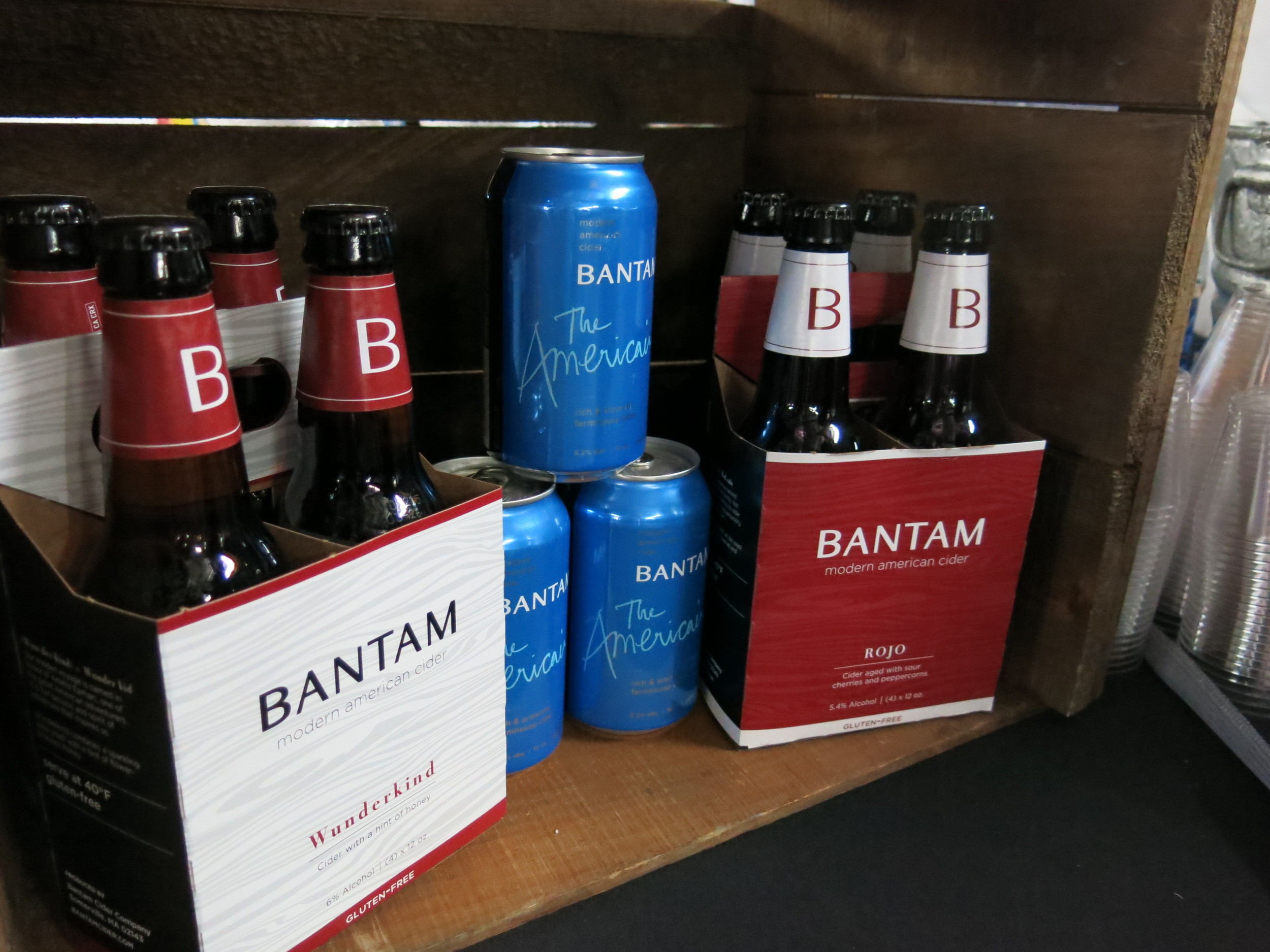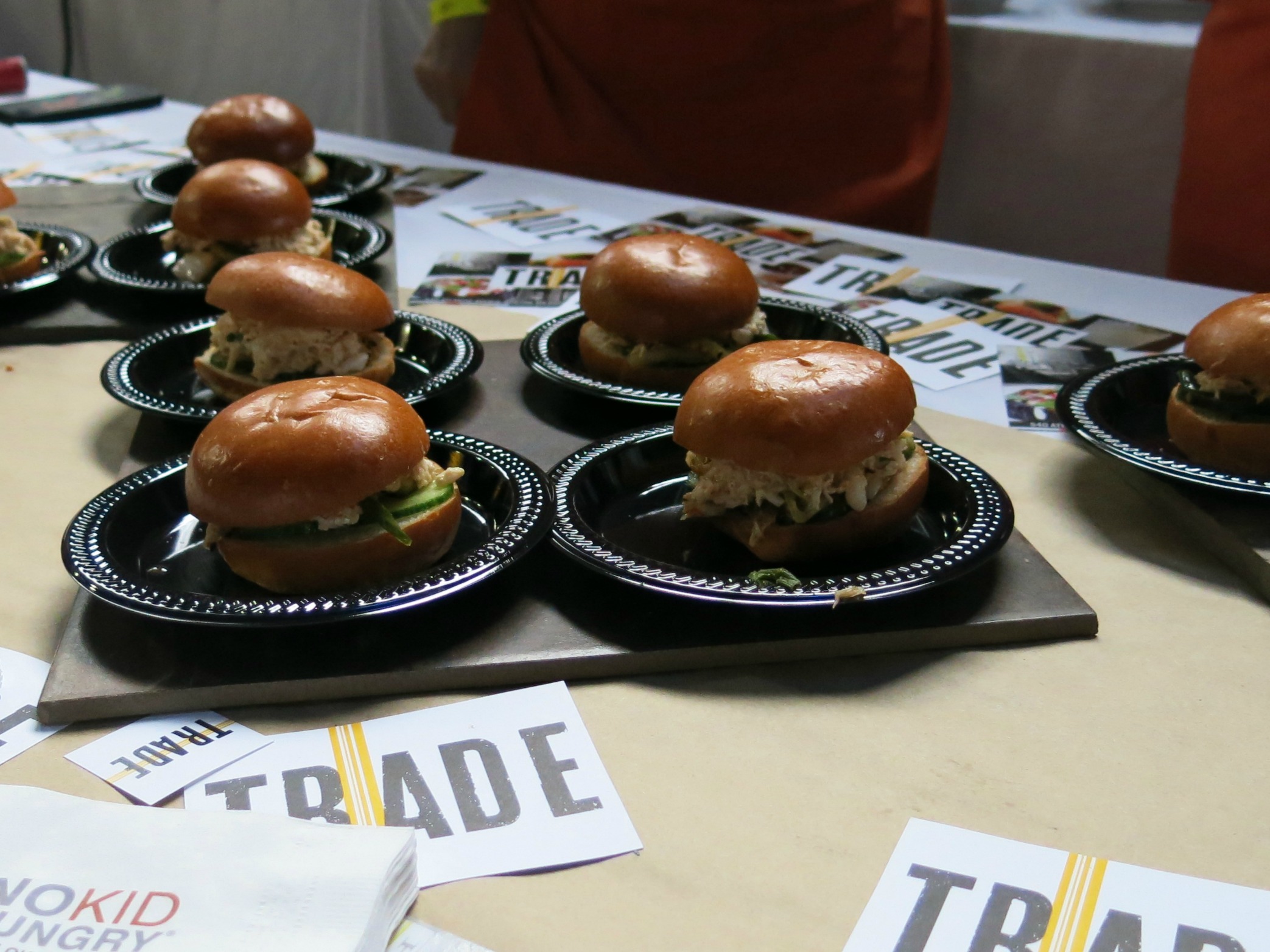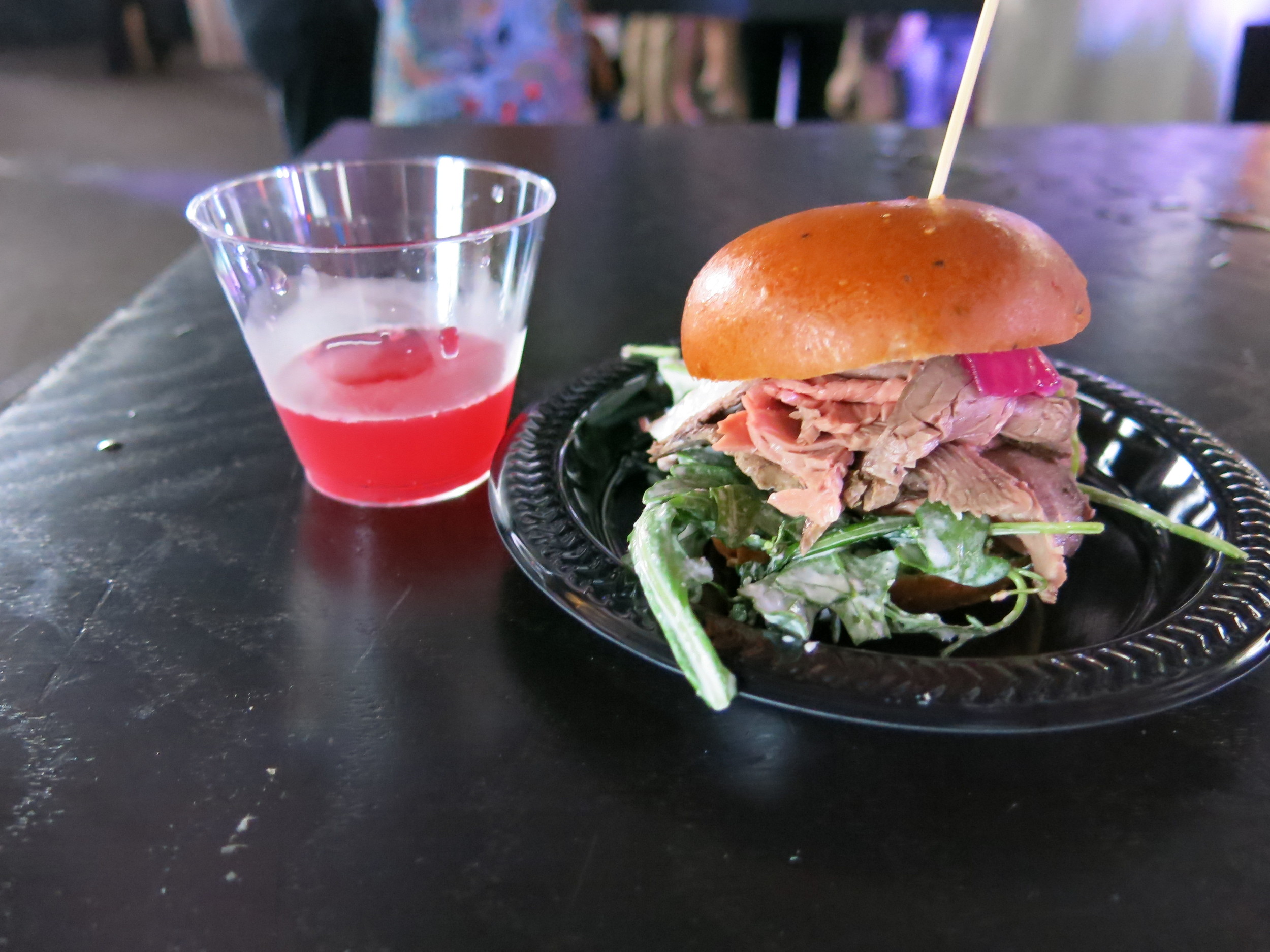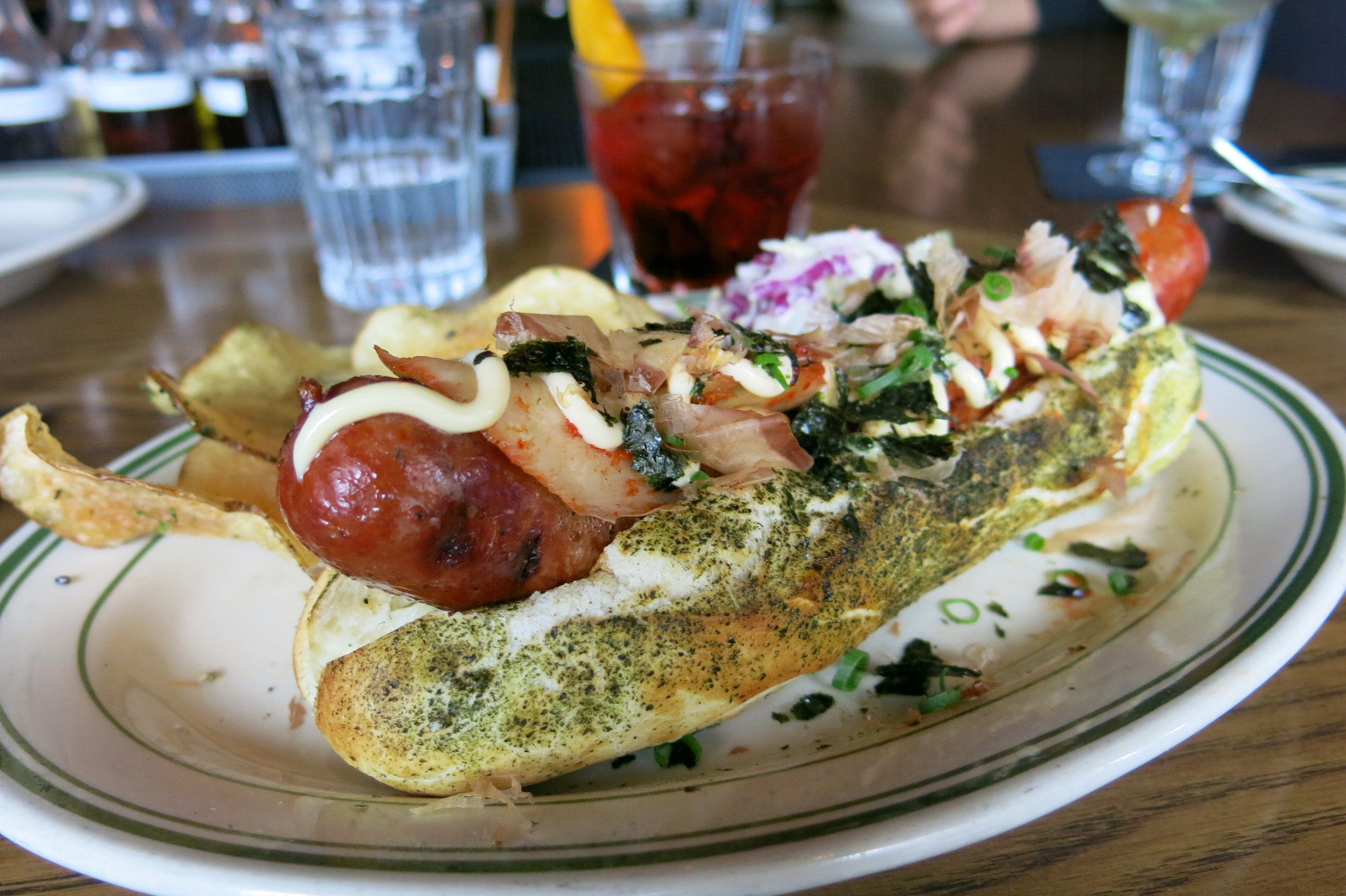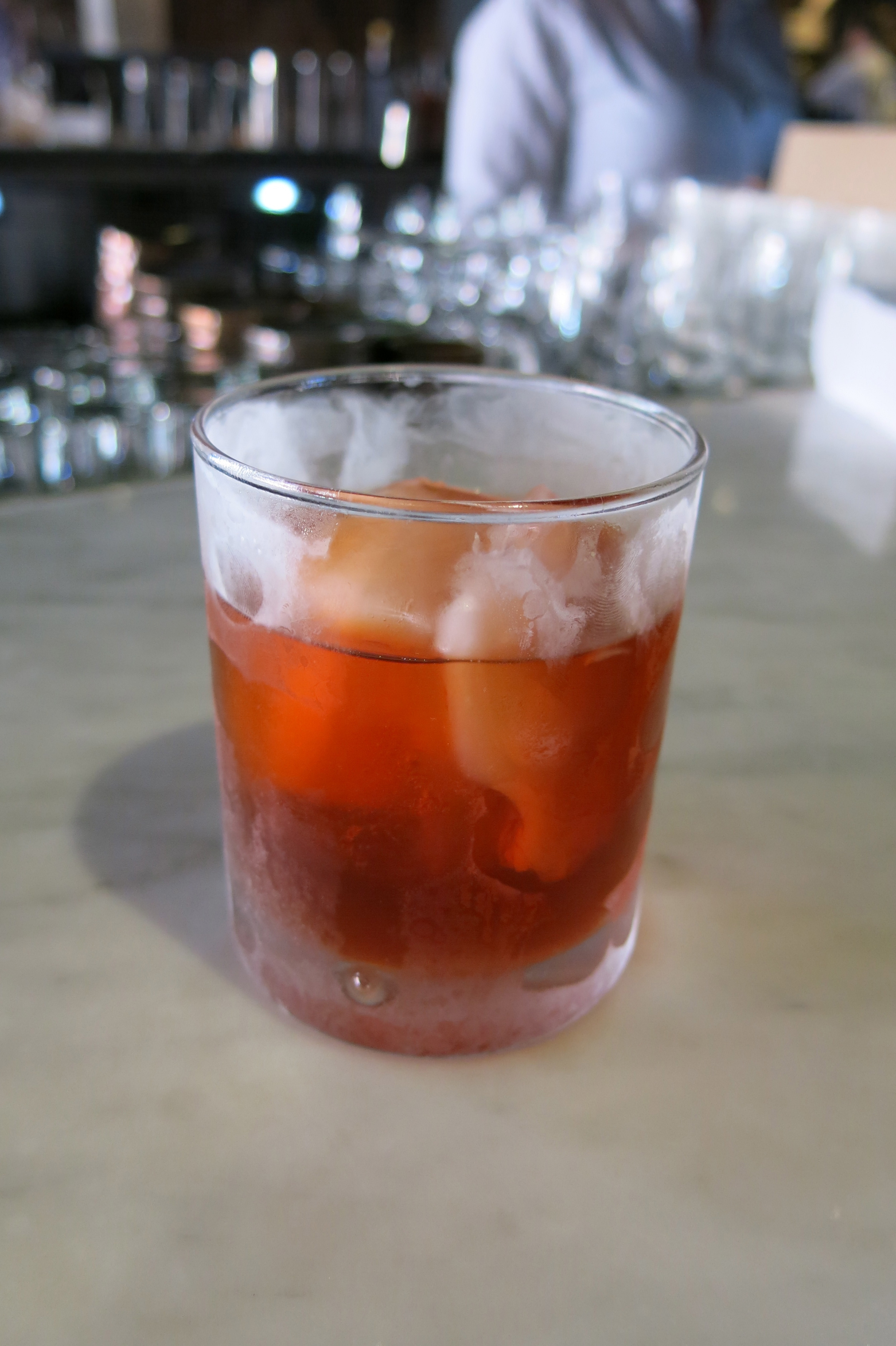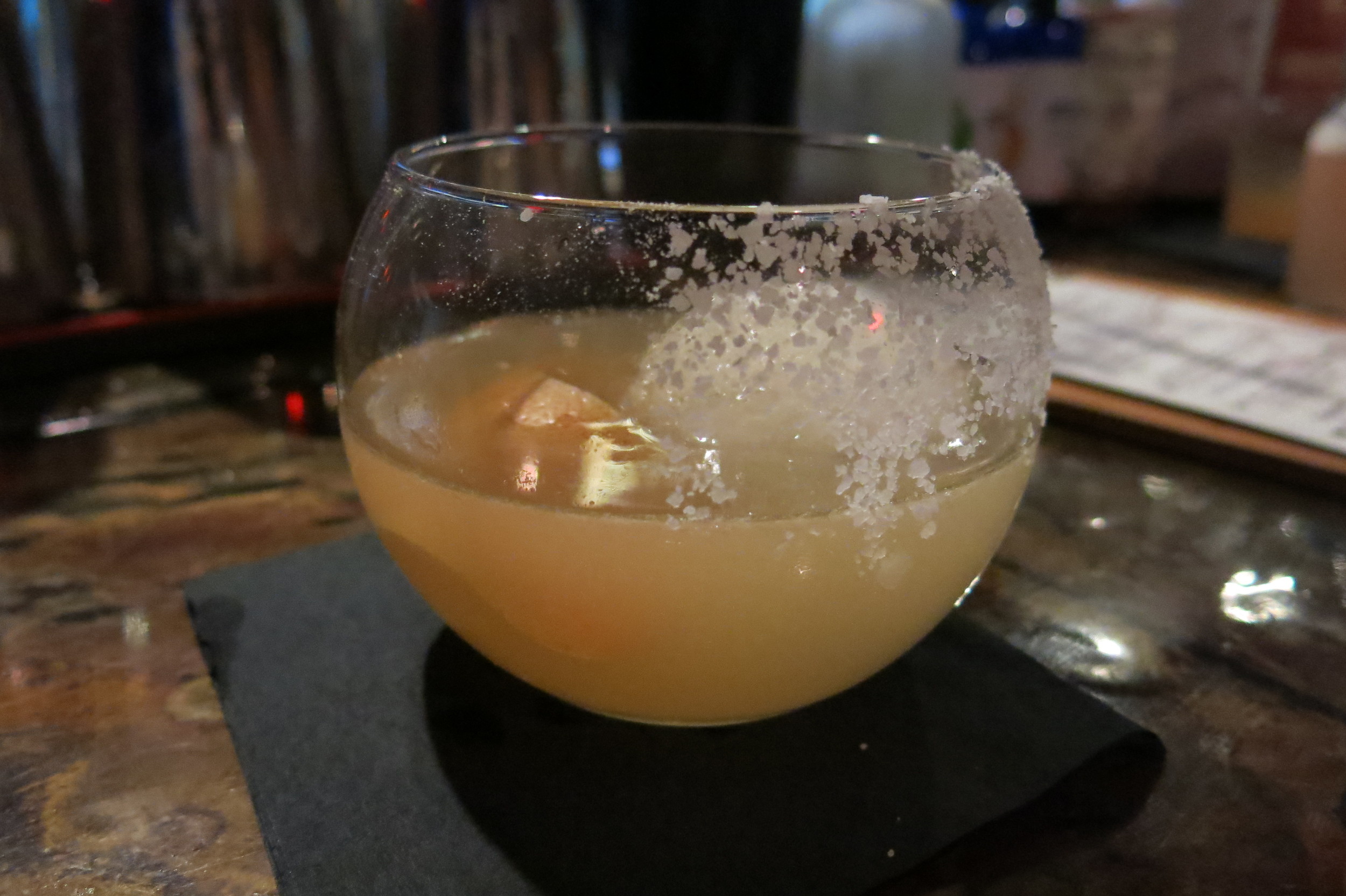Eating, drinking, and dancing, all while raising money for a great cause. Not a bad way to spend a weeknight. This past Tuesday, the House of Blues served as the setting for HubNob 2015, an annual fundraising event for the Boston Centers for Youth & Families (BCYF) and its nonprofit partner, the Foundation for the BCYF. The BCYF is the city’s largest human services agency, operating a network of community centers and fostering positive opportunities for Boston’s youth and families. HubNob, now in its fifth year, is the foundation’s signature event.
It’s inspiring to see a community coalesce around such a meaningful cause. In addition to a capacity crowd that paid between $60 and $100 to attend, many local organizations donated time, services, products, and money to the event, and a number of local luminaries were on hand to lend their support.
The festivities began with a VIP reception in the upstairs Foundation Room that featured music by the heavily inked singer Lisa Bello; food by Devlin’s Bistro, in Brighton, and Pikalo, a Jamaica Plain establishment that makes some killer empanadas; and plenty of Harpoon IPA.
Jenny Johnson, host of NESN’s Dining Playbook, served as the reception’s emcee and auctioneer. She talked about the foundation, introduced key guests such as BYCF interim executive director Christopher Byner and Mayor Marty Walsh, and auctioned off unique prizes such as a Boston Celtics package that included courtside seats and access to the pre-game warmup.
Mayor Walsh spoke at length about the important work that the BCYF does and offered some heartfelt personal tributes to several of the key individuals who have devoted so much of their time and energy to making the organization successful.
The main event took place downstairs, and a packed house enjoyed food from a dozen Boston restaurants, including Pastoral, Brahmin, Chicken & Rice Guys, and Crave.
On emcee duty was José Massó, host of ¡Con Salsa!, a long-running radio show on WBUR.
The evening’s soundtrack came courtesy of Soul City, an energetic 10-piece band that got everyone’s feet moving with a stellar R&B set list.
Guests could bid in a silent auction with nearly two dozen unique prizes, including an autographed (and fully inflated) Tom Brady football, Bruins tickets, and a pair of round-trip tickets anywhere that JetBlue flies.
And there were cupcakes.
Lots and lots of cupcakes.
All told, this was a spectacular evening with a lot of energy and a lively crowd. I don’t know what the final fundraising tally was, but given the turnout at both the VIP reception and the main event, it’s clear that a great many people care about the BCYF and are eager to support it.
Proceeds of the evening will be used to help the foundation develop new professional and social opportunities for Boston teens. It’s work that never stops, but an event like HubNob is a chance to celebrate BCYF’s success while ensuring that its efforts can continue.
* * * * * * * * * * * * *
Copyright © Boston BarHopper. All Rights Reserved.
